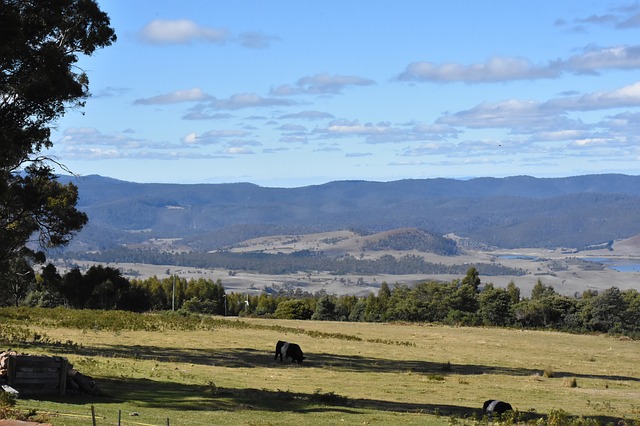



Australian farm sector approaches $100 billion output target
Australian agriculture is edging closer to the NFF-led goal of $100-billion-by-2030 with phenomenal growth set to see the farm sector tally $73 billion in 2021-2022.The forecast is up from $66 billion last financial year.

The latest data from the Australian Bureau of Agriculture, Resource Economics & Sciences (ABARES) paints a glorious picture underpinned by almost perfect seasonal conditions across many parts of the nation.
“This data puts a spring in farmers’ step and is confirmation that the sector is stronger and more prosperous than ever,” NFF President Fiona Simson said.
A bumper winter grain crop is the pillar of the forecast with this year’s harvest set to contribute $30 billion alone to total farm gate returns.
Red meat prices go from strength to strength with low national herd numbers and strong global demand for protein. Markets for wool and cotton remain strong.
Australian fruit and vegetables will also contribute more than their fair share adding $12 billion to ABARES’ forecast $73 billion total.
Ms Simson said the good result was about more than good luck and rainfall.
“Australian farmers are the most innovative in the world, committed to continuous improvement and to finding new ways to grow smarter, more efficiently and more sustainably.
“The NFF’s 2030 Roadmap outlines the plans needed needed to lift agriculture to a $100 billion industry. Progress on key areas within the plan has already been achieved.

“Last month, the Government answered NFF’s call for a dedicated Agriculture Visa as part of the solution to farmers’ workforce woes.
“The NFF is working closely with the Government to establish a framework that rewards farmers for their role in managing more than 51% of Australia’s landscape.
“Earlier this year, the farm sector welcomed $400 million in Federal Government funding for an expanded and modernised biosecurity system to maintain and grow international market access and to protect our industry from introduced pests and diseases,” Ms Simson said.
In addition to a lack of access to farm workers, the ABARES report identifies trade challenges, increased international freight costs and the ongoing mouse plague, as speed humps, but ones that were unlikely to take the shine off what should be an unprecedented positive result for farmers.


